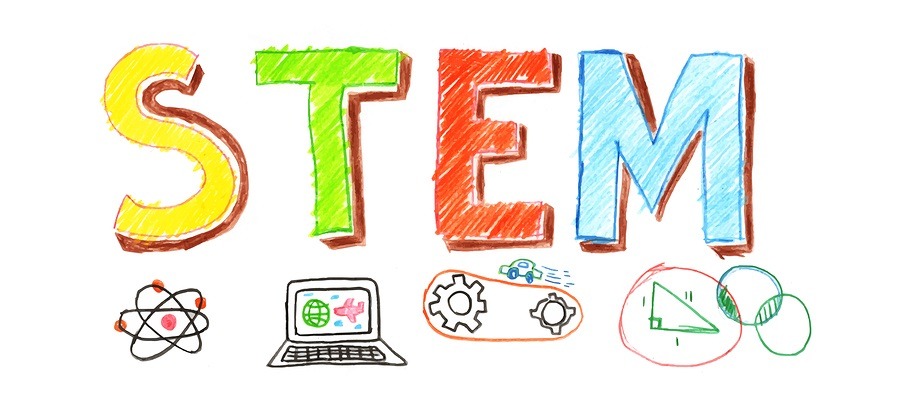GRADUATES IN SCIENTIFIC AND TECHNOLOGICAL DISCIPLINES: HOW THE AUGMENTED REALITY CAN INCREASE STEM SECTORS
In a world that is increasingly projected into an era of super technology, Europe risks to fall behind due to the lack of experts in science and technology. Especially in Italy, the phenomenon is even more pronounced due to the lack of super qualified personnel in the STEM sectors (an acronym that encompasses all the scientific technological disciplines, like Science, Technology, Engineering & Mathematics). The fundamental problem is that in our country, not only the economic resources are poor but there is also scarce interest by young people in considering these scientific disciplines useful for work purposes. This could be a reason why in Italy the number of graduates in these scientific disciplines is really low. But let’s get together at the heart of the problem.

scientific and technological disciplines: augmented Reality in training
Why, in a super digitized world, are there so few people aware of the potential of Augmented Reality Augmented Reality can also be used in training, but there is little information and there are little State resources for these new technologies. The same universities don’t take advantage of this opportunity to increase registrations in science and technology departments. The training of young people in scientific and technological disciplines is of fundamental importance for the growth of Europe.
We are increasingly moving towards a digitized world and with Augmented Reality we can find a way to stimulate and encourage young people to enroll in these sectors.
Augmented Reality is an increasingly concrete reality, which is entering companies with more and more interesting applications. The technology that overlays digital images to the real world can be applied to a wide range of potential uses, from training tools to demonstrations for customers and collaborative design spaces. Some AR applications are based on specialized hardware devices, such as Microsoft’s HoloLens glasses, while others work with smartphones that we use every day. The inclusion of Apple’s ARkit and Google’s ARCore development platforms in iOS and Android has made mobile devices compatible with Augmented Reality available to almost all users. This thin line between science and science fiction is getting more and more subtle.

Lack of graduates in scientific and technological disciplines: the reason why
But let’s go back to our starting point: the lack of graduates in science and technology in Italy.
What is missing in our country is a series of collaborative projects between universities, the state and businesses that help to train young students in an appropriate manner, finding a way to stimulate curiosity for scientific and technological disciplines sectors. If you want to pursue a path of success, which has to do with the scientific and technological sector, you must focus on Augmented Reality. The scientific and technological disciplines could offer more prospects for employment and remuneration in the European market.
The Augmented Reality, together with robotics (at various levels) and tinkering (experimenting with the sciences through construction activities that enhance creativity), is one of the sectors that is arousing youth’s curiosity and interest, also because it can be considered the future of innovation. In an era so digitized it is important that our country contributes too, trying to help universities to approach these scientific and technological disciplines that for many are still unknown.
The collaboration between universities and the world of work can become a unifying element to increase curiosity and interest in these sectors in order to provide highly qualified personnel to companies that are constantly looking for specialized professionals in these areas to promote their products.

In the near future, where technology will be the element that can consolidate the partnership between man and machine, it is essential to invest in universities to create precisely those indispensable digital skills that companies need. We need a great national focus on a re-skilling plan, aimed at today’s workers, that addresses the new generations to the technological skills that the labor market currently requires.
How augmented reality can be useful for scientific and technological disciplines?
Italy, even if very slowly, is adapting to these hyper-technological times, offering, at the moment, only courses focused on the theoretical aspect, while it would be more appropriate to develop all these courses within the academic field. It is essential to always find new incentives to encourage young students to approach these scientific and technological disciplines, as the exploration of virtual environments is very engaging and capable of arousing active participation, compared to the television experience or with 2D screens.

Augmented Reality is something new and, like all new things, it is slowly starting to thrill young people, and in a very short time it will succeed in stimulating in them the desire to enroll in these scientific and technological disciplines.
The Augmented Reality will literally revolutionize the world and the learning experience, along with visual entertainment will play a fundamental role in teaching.
Do you want to learn more about high-tech? Read
Do you want to start you project in AR? Contact us
